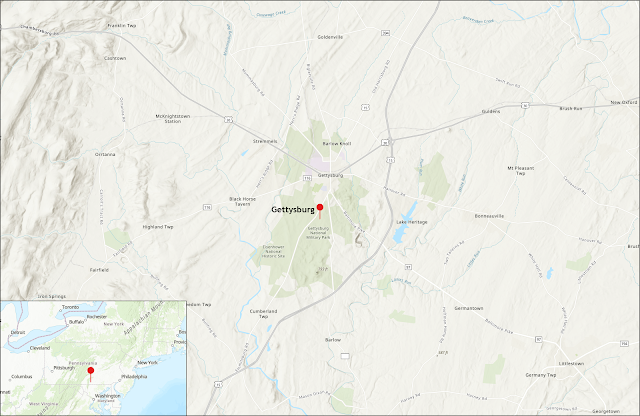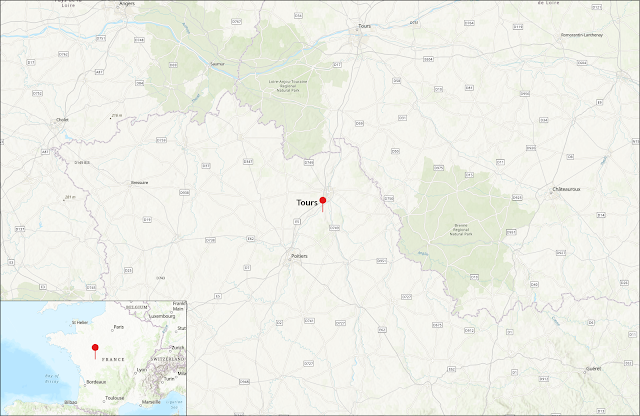Geography of War - The Battle of Little Bighorn

The Battle of Little Bighorn (The Great Sioux War) Date: June 25, 1876 Modern Location: Southern Montana, United States Combatants: Indian confederation, including Lakota, Dakota, Cheyenne, and Arapahoe tribes (led by Sitting Bull) vs. United States Army (led by Lieutenant Colonel George Custer) Summary: On Nov. 6, 1868, the United States concluded signed the Fort Laramie Treaty with 181 Sioux and Arapaho leaders to end Red Cloud's War, ceding the lands of the Black Hills to a group of Indian tribes that considered the land to be sacred. Six years later, however, the US Army sent an expedition into the region under the command of George Custer to determine a location for a new fort and to survey the area's natural resources. When the report came back that there was abundant gold in the hills, American settlers began relocating to the area in breach of the treaty's guidelines. President Ulysses S. Grant, recognizing the obvious problem and seeking to avoid a deadly conf...



